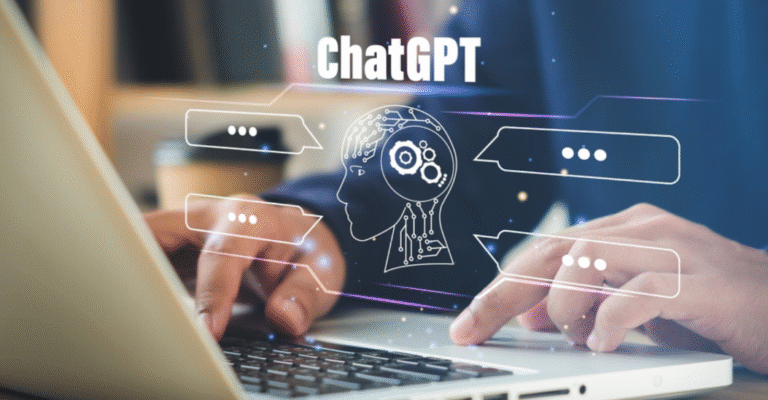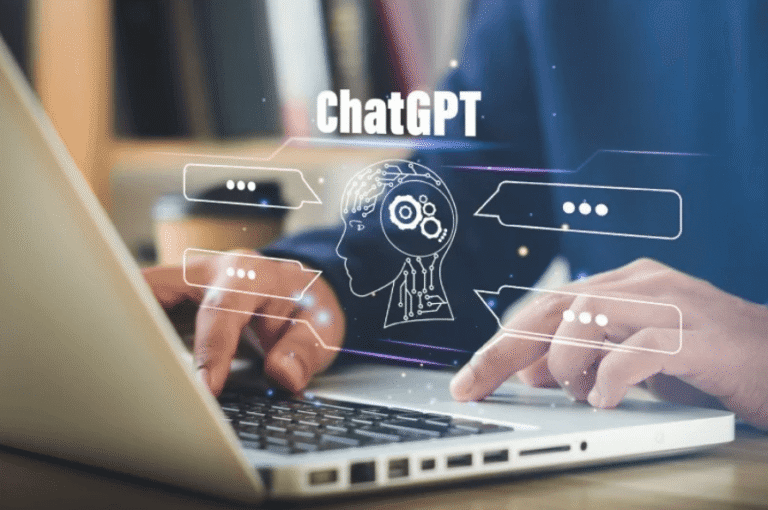Best Data Loss Prevention Software: Protecting Your Business with DLP Solutions
In the digital era, data has become one of the most valuable assets for businesses. However, the vast amount of data companies generate also opens the door to a multitude of security risks. Cyberattacks, insider threats, and accidental data leaks can cause severe consequences, including financial losses, reputational damage, and legal ramifications. To mitigate these risks, Data Loss Prevention Software (DLP Software) has become essential for organizations of all sizes. This article provides a comprehensive guide on best data loss prevention software, exploring its features, benefits, use cases, compliance implications, and more.
What is Data Loss Prevention Software?
Data Loss Prevention Software (DLP Software) refers to a suite of technologies designed to detect and prevent unauthorized access, sharing, or leakage of sensitive data. DLP solutions help organizations safeguard their most critical data—be it intellectual property, personal identifiable information (PII), financial data, or trade secrets—from being exposed to unauthorized users or third parties.
The primary goal of DLP software is to ensure that sensitive data remains secure, whether it is at rest, in transit, or in use. By monitoring data flows across various points, such as endpoints (computers, mobile devices), networks, and cloud environments, DLP solutions help organizations enforce security policies to protect their data from malicious actors, human error, and accidental exposure.
DLP software works by providing real-time monitoring, policy enforcement, and reporting tools that allow businesses to detect and block unauthorized data transfers and access. For instance, a business can configure the DLP solution to block any email containing sensitive data from being sent outside the company, or prevent employees from uploading confidential documents to personal cloud storage.
The Importance of Data Protection in the Modern Workplace
Rising Cybersecurity Threats
In today’s interconnected world, businesses are increasingly vulnerable to cyberattacks. Hackers are constantly evolving their tactics to steal sensitive data, and even small businesses are targeted. Cybercriminals use methods such as phishing, ransomware, and malware to infiltrate systems, steal valuable information, and sometimes hold it hostage.
While organizations focus on protecting their networks from external threats, internal risks are often overlooked. Employees, whether acting maliciously or simply out of negligence, can cause significant data leaks. A study by the Ponemon Institute found that over 60% of data breaches are caused by insiders. These insider threats can occur deliberately, such as an employee selling company secrets, or unintentionally, like an employee sending sensitive files to the wrong email address.
Insider Threats and Human Error
One of the biggest challenges in data protection is insider threats, where employees or contractors exploit their access to sensitive data for malicious purposes. This could include theft of intellectual property, financial data, or customer information. Even well-meaning employees can cause data breaches unintentionally—by sending an email with a sensitive file to the wrong person, misplacing a USB drive containing sensitive information, or using unsecured personal devices to access work-related data.
Given the increased frequency of insider threats and human errors, DLP Software is an essential tool for modern businesses, as it offers a comprehensive solution to monitor, detect, and prevent unauthorized data access, whether by internal or external actors.
Regulatory Compliance
Businesses today face stringent data protection regulations. Laws like the General Data Protection Regulation (GDPR), the Health Insurance Portability and Accountability Act (HIPAA), and the California Consumer Privacy Act (CCPA) mandate strict controls over how businesses handle sensitive data. Failure to comply with these regulations can lead to heavy fines, legal consequences, and reputational damage.
DLP software plays a critical role in helping businesses meet these compliance requirements. It provides the tools to control how data is stored, accessed, and shared, and ensures that sensitive data is protected in accordance with applicable laws. Moreover, DLP solutions typically include audit features that generate reports for compliance audits, ensuring that businesses can demonstrate their adherence to data protection regulations.
Business Reputation and Trust
Data breaches don’t only impact a business’s bottom line—they can also erode customer trust. Customers and clients are more concerned than ever about the security of their personal data. A data breach could lead to customer dissatisfaction, loss of business, and long-term damage to a company’s reputation. Using DLP software can help businesses protect their clients’ data, build trust, and demonstrate a commitment to data security.
Key Features of Data Loss Prevention Software
To understand the effectiveness of DLP Software, it is important to explore its core features. Here are some of the most important functionalities:
1. Insider Threat Prevention
Insider threats are particularly dangerous because they come from trusted individuals within the organization. DLP software helps prevent data leaks and theft by monitoring employee behavior and blocking unauthorized access to sensitive data. For example, if an employee attempts to download a large amount of data to a USB drive, the system may flag the activity as suspicious and prevent the transfer from occurring.
2. Data Misconduct Detection
DLP software detects misconduct by employees or third parties, such as inappropriate access to sensitive data, unauthorized sharing, or transferring of confidential information to unapproved channels. The system can track all data movement and alert administrators to any suspicious or irregular activity.
3. User Behavior Analytics (UBA)
User Behavior Analytics (UBA) allows DLP software to monitor and analyze employee actions in real-time. By establishing baselines for normal behavior, UBA can detect anomalous actions that may indicate potential risks, such as an employee suddenly accessing sensitive files they don’t typically work with or transferring large volumes of data. This feature is especially useful in detecting and mitigating insider threats.
4. Continuous Data Monitoring
One of the most important features of DLP software is continuous monitoring of data as it moves across the network. DLP systems continuously monitor endpoints, emails, cloud storage, and file servers to detect any unauthorized attempts to access, share, or transfer sensitive data. This real-time surveillance ensures that data is protected at all times.
5. Data Encryption and Policy Enforcement
DLP software allows businesses to define and enforce policies for how data should be handled. For example, an organization might set a policy to prevent sensitive data from being emailed or uploaded to unsecured cloud storage services. Additionally, DLP systems often offer encryption capabilities, ensuring that sensitive data is encrypted both at rest and during transit.
6. Cloud Data Protection
As businesses increasingly move to the cloud, DLP software adapts to provide protection across cloud environments. Cloud-based DLP solutions can prevent sensitive data from being uploaded or shared outside of the organization’s trusted cloud storage services. These systems can also monitor activity in cloud applications to ensure compliance with data protection policies.
7. Endpoint Protection
DLP software can be installed on employee devices, such as laptops, smartphones, and tablets, to ensure that sensitive data is protected no matter where it is accessed. Endpoint DLP solutions can detect unauthorized data transfers to USB drives or external devices and prevent sensitive information from being leaked or stolen.
Benefits of Using Data Loss Prevention Software
The implementation of DLP Software provides significant advantages for businesses, particularly in securing sensitive data and ensuring compliance with data protection regulations. Here are some of the key benefits:
1. Prevention of Data Breaches
The primary benefit of DLP Software is its ability to prevent data breaches. By monitoring and restricting access to sensitive data, DLP software minimizes the risk of leaks or theft, ensuring that unauthorized individuals are unable to access confidential information.
2. Enhanced Productivity and Efficiency
By providing a secure environment for employees to work in, DLP software helps improve productivity. Employees don’t need to worry about accidental data breaches, and they can focus on their work. Additionally, DLP systems can automatically enforce security policies, reducing the manual effort required to monitor data protection compliance.
3. Regulatory Compliance and Audit Trails
DLP software provides businesses with the tools to comply with various data protection regulations. It helps ensure that sensitive data is handled properly, and it also maintains audit trails of data usage. These reports are valuable for demonstrating compliance during regulatory audits and for monitoring data security.
4. Protection Against Insider Threats
Whether accidental or deliberate, insider threats can be devastating. DLP software proactively monitors employee behavior to detect suspicious activities and prevent unauthorized access to sensitive data. This feature is essential in preventing data breaches caused by malicious insiders or careless employees.
5. Improved Customer Trust and Satisfaction
By using DLP Software, businesses can demonstrate their commitment to data protection and privacy. This helps build customer trust, which is especially important in industries that handle sensitive customer information. Customers are more likely to trust organizations that prioritize data security, which can lead to better customer retention and satisfaction.
6. Cost Savings from Reduced Data Breaches
While implementing DLP software requires an investment, the cost of a data breach can be far greater. The financial impact of a data breach includes legal fees, fines, loss of business, and reputational damage. By preventing breaches, DLP Software helps businesses save money and avoid these costly consequences.
How Does a Data Loss Prevention System Work?
Understanding how DLP Software operates is crucial to selecting the right solution for your business. A typical DLP system works through several mechanisms:
- Content Inspection: DLP software scans data to identify sensitive information, such as credit card numbers, personal identifiers, or trade secrets. It then classifies this information based on pre-defined security policies.
- Contextual Analysis: DLP systems analyze the context in which sensitive data is being accessed, used, or shared. For example, if an employee is attempting to send an email with a sensitive document, the system can analyze the content of the email and its recipient to determine if it violates any policies.
- Policy Enforcement: DLP systems apply security policies to restrict or block the movement of sensitive data. For example, they can prevent certain types of files from being sent via email, restrict file transfers to external devices, or prevent employees from accessing certain types of data altogether.
To dive deeper into how DLP systems work, visit how does a data loss prevention system work.
Real-World Use Cases of Data Loss Prevention Software
Healthcare: Protecting Patient Data
In the healthcare industry, protecting patient data is not only a best practice but also a legal requirement under regulations like HIPAA. DLP Software helps healthcare organizations secure patient records, prevent unauthorized access to personal health information, and ensure compliance with regulatory requirements.
Financial Services: Securing Client Data
Financial institutions handle sensitive client information, including account details, social security numbers, and financial records. DLP software plays a critical role in ensuring this information is protected from external and internal threats, preventing unauthorized access or sharing of sensitive data.
Technology: Safeguarding Intellectual Property
In the technology sector, intellectual property (IP) is a key asset. DLP Software helps protect software code, designs, patents, and other proprietary information from being leaked or stolen by employees or competitors.
Education: Protecting Research and Student Data
Educational institutions store vast amounts of personal and academic data, as well as research information. DLP solutions help ensure that student records and proprietary research are protected from unauthorized access or leaks.
Conclusion: Securing Your Business with the Best Data Loss Prevention Software
DLP Software is essential for any organization seeking to protect sensitive data from unauthorized access, loss, or exposure. By leveraging the best data loss prevention software, businesses can prevent data breaches, ensure regulatory compliance, and build trust with customers.






